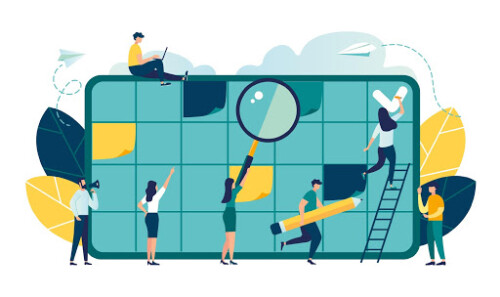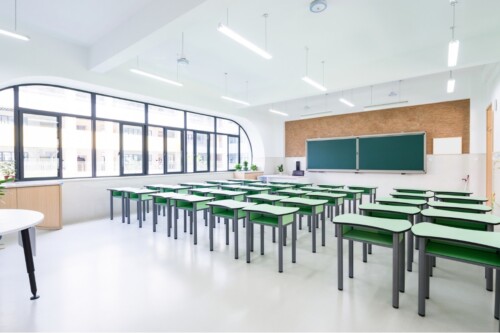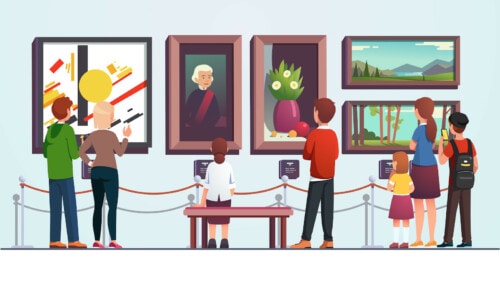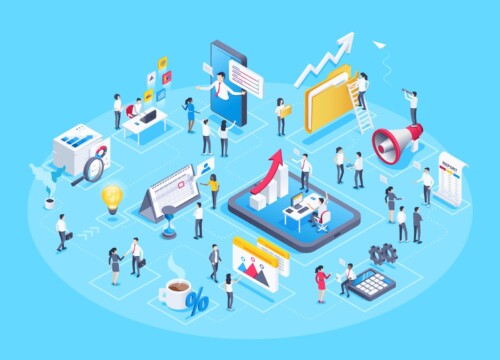How Technology is Transforming the Classroom

Advances in technology continue to transform the world and the workplace.
Yet, these advances haven’t reached the classroom at the same speed. Studies show that 70% of educators are wary about using technology in the modern classroom.
Still, education modernization must encompass the state of the physical learning environment, pedagogy, and technology. While adjustments to the learning environment and pedagogical techniques can be mutually exclusive, the use of technology should permeate every aspect of the modern classroom.
And to compete in the global marketplace, countries need employees who are well-versed in creating technologies that increase productivity growth.
Multimedia Presentations
The first overhead projector was invented in 1930, so the use of multimedia presentations in the classroom isn’t a new concept. However, advances in technology have allowed teachers to leverage smart boards, tablets, and learning management systems (LMS) to present ideas and learning materials in new, exciting ways.
Using a variety of media to conduct online lessons for middle school and high school students creates better engagement and learning outcomes. And with the right platforms, students can collaborate with their peers in classrooms throughout the nation and all over the world.
Tailored Learning
When teachers stand in front of classrooms to teach, their students have the same learning experience. However, they don’t all absorb information in the same way. Today, some educators use educational software that adapts to the diverse learning styles of students. This provides students with a learning experience that’s tailored to their specific needs so they can learn at a pace that’s best for them.
Furthermore, the use of cloud-based software solutions (rather than conventional manual systems) to manage classrooms helps each student get what they need when they need it. This means no more printouts for students, handwritten lesson plans, or manually graded homework.
Technology in Practice
The internet offers a wide range of educational resources and tools that bring educational modernization to a new level. Some examples of the ways teachers use these tools include:
- Having students create presentations with Prezi
- Promoting collaborative learning with Google Classroom/Google Drive/Google Docs
- Teaching geography with Google Maps
The above examples are only a few of the ways educators have employed technology to promote student engagement in the classroom. The use of technology has positive outcomes for teachers, and most importantly, students. Technology engages students, who in turn, retain knowledge more easily. In fact, teachers often see improved student performance in modern classrooms.
Balancing Technology With Intuitive Instruction
While there are undeniable benefits of using technology, it must be balanced with intuitive—and relevant—instruction. Young learners need human-to-human interaction in order to develop into mature and healthy students. Educators should feel free to adjust their personal use of technology to best fit the students they are responsible for instructing.
Only when technology is used properly, can it help prepare students for college, vocational school, or the workforce.
Educators wishing to prepare students for a constantly changing world should see technology as a tool—using it with discretion to develop the next generation of leaders.









